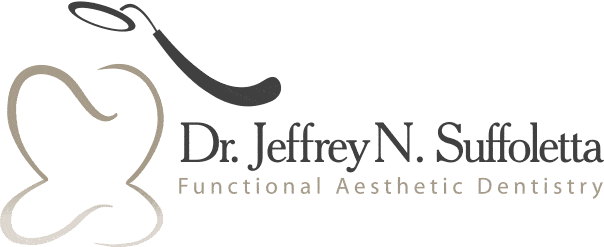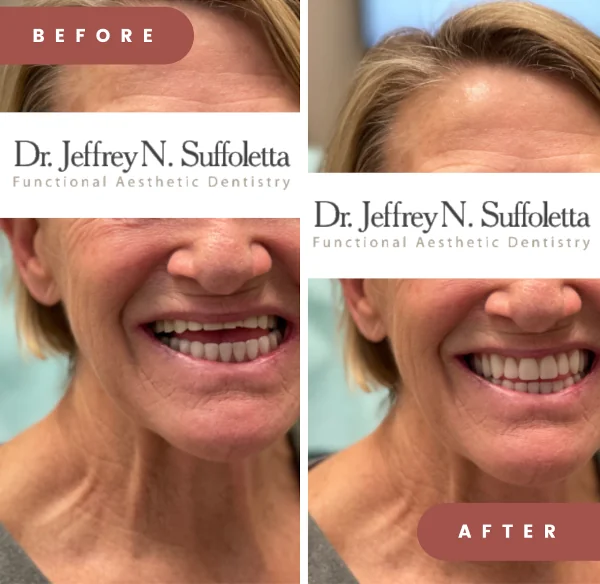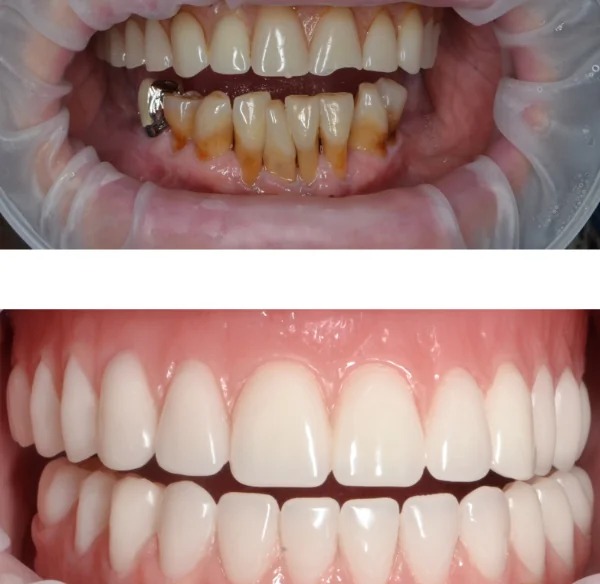A Connections Between the Federal Poverty Level and Oral Health
Over the past 20 years, there have been many changes in oral healthcare. One thing that has stayed constant over the decades is that racial disparities in dental care persist. One example is the connection between the poverty level and oral health. We will not go further back than the new millennium, to bring forth the results and outcomes of oral care.
We will highlight oral care since the initial publication of “Oral Health in America: A Report of the Surgeon General”. In addition, we’ll fast forward to the most recent follow up to that report. Also known as, “Oral Health in America: Advances and Challenges”. Consequently, everything else in between that will help paint a bigger picture to the disparities. As a result of these reports, it seems that the connection between the federal poverty level and oral health persist.
Overall Healthcare Begins at the Mouth
While positive overall healthcare is the goal of most, there seems to be a bit of a disconnect with the way oral care is perceived. The intent of the initial report aims to bring attention to the level of importance oral care has on the overall health of the rest of the body.
The Surgeon General’s aim was to show that healthcare begins at the mouth. Where the human body consumes all, it requires. The food we eat for vitamins and minerals begin at the mouth. The water we drink begins at the mouth. The air we breathe begins at the nose and the mouth. The rest of our body requires the mouth and our oral care to be in optimal health in order to provide the essential functions that the rest of the body needs.
Before and After Procedures
Oral Health in America: A Report of the Surgeon General
The initial report raised concerns that vast disparities were present in the oral healthcare sector. That something had to be done in order to bridge the gap. A large gap of proper and consistent oral healthcare between Hispanic/non-Hispanic Black communities and their non-Hispanic White counterparts.
It also highlights the numbers showing that even after increases in dental care access, the findings concluded that it did not make a large dent in those disparities between minorities and their counterparts.
If this is so, then what could be contributing to the constant disparities between the poverty level and oral heath?
One could surmise that the initial objective to the goal could have been a two-fold attempt. One to gather vital and quantifiable data, backed by research and numbers. While at the same time, bringing attention to the results and the underlying disparities between the groups of citizens across the U.S.
Treatment Solutions for Gum Disease: Laser Dentistry
In the end, the results of the initial report can lead one to understand the importance of self-care behavior. All the while, understanding the possible hurdles in acquiring proper oral care; if you’re in the minority that falls on the lower end of these disparities.
If you’re on the other side of the spectrum, it can both provide you with a sense of humbleness and feeling of blessings, that you have access to these essential oral care services. At the same time, you can understand how financial barriers prohibit many from acquiring the adequate oral care they need.
Poverty Level and Oral Health: Advances and Challenges
The December 2021 report published by the NIH’s National Institute of Dental and Craniofacial Research highlights what is the culmination of 20 years’ worth of research.
As it states, the research “underscores the ways in which a broad array of health and human concerns are related, emphasizing especially the intersectionality of social and systemic determinants that can create both advantages and disadvantages with respect to oral health, and to health more generally.” In short, it adds context to the disparities and connections between the federal poverty level and oral health.
There are key takes aways from this report that should be noted.
- The disparities between Hispanic and Non-Hispanic Blacks and their Non-Hispanic white counterparts were changed to some degree but not substantial.
- Even with these changes, the level of disparities continued to persist 20 years after the initial research and observation by the Surgeon General.
- Out of 5,700 patients surveyed, the disparities had an improvement of 7% in Hispanics and an improvement of 6% in non-Hispanic Black adults.
- Non-Hispanic White adults remained consistent at a rate of around 30%
These minor increases are attributed to the changes and increase in access to dental care through Medicaid. This was made possible by the changes implemented in (ACA) Affordable Care Act. The Affordable Care Act, expanded dental coverage and was made possible in states that expanded Medicaid in 2014.
One questions could be, why did the efforts not have a significant decrease in disparities?
Something Else You May Like: Can I Smoke or Drink After A Tooth Extraction?
One answer to this question could be lack of proper education about the expansions in dental coverage. Was this newly implemented access to dental coverage via Medicaid properly promoted? And were a large number of patients made aware in an obvious fashion that the access now existed?
There could be a multitude of other reasons.







